Text





𝑁𝑎𝑏𝑜𝑜𝑎𝑛 𝐶𝑜𝑠𝑡𝑢𝑚𝑖𝑛𝑔 : part two
4 notes
·
View notes
Text

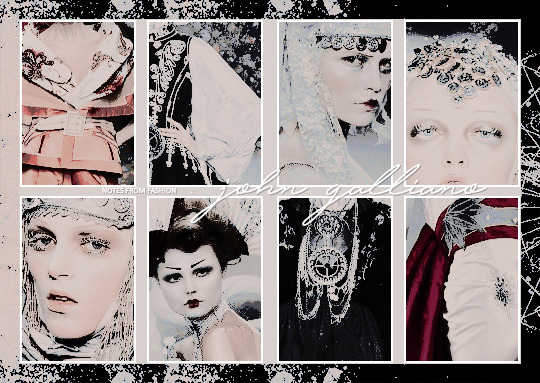
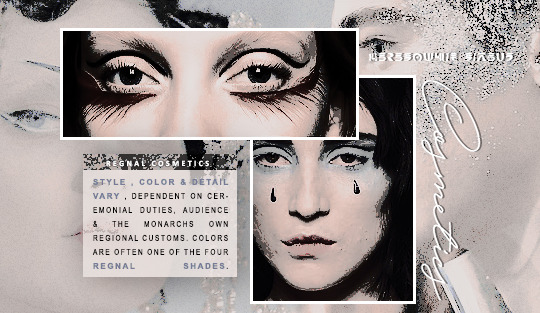
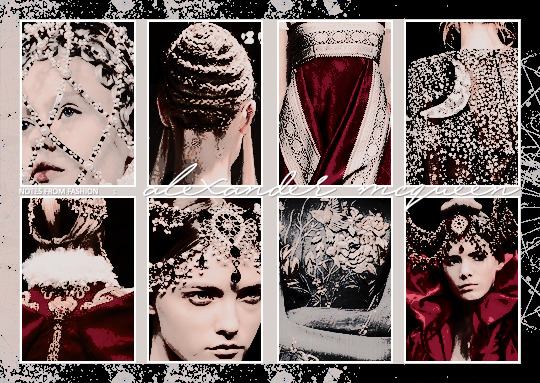
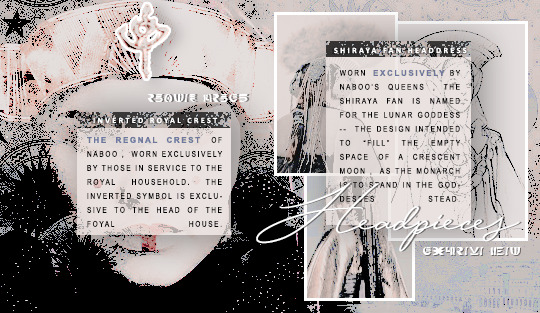
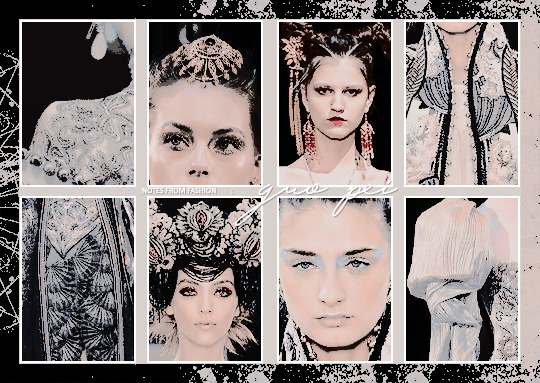
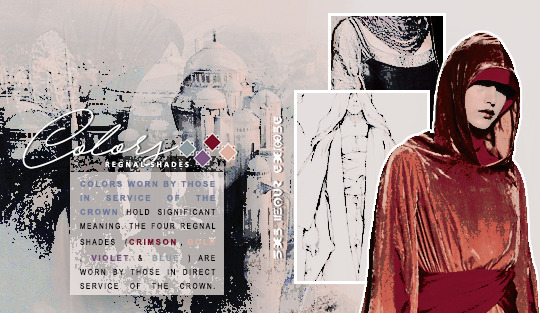
𝑁𝑎𝑏𝑜𝑜𝑎𝑛 𝐶𝑜𝑠𝑡𝑢𝑚𝑖𝑛𝑔 : part one
9 notes
·
View notes
Text

* religious rites & practices are interwoven in the very fabric of nabooan society , though most do not consider themselves “called” to practice and worship . over the years since reunification under king jafan ( the end to the time of suffering , years of bloody conflict between clans , marked still by naboos monarchs with the scar of remembrance ) many religious rites have been subsided by civil practices instead , though legal and religious ceremonies do not always overlap.

𝖒𝖆𝖗𝖗𝖎𝖆𝖌𝖊 is usually conducted in civil ceremonies in modern naboo ( as popularised by king narmalé , in 320BBY ) , carried out by local legislators . however monastic orders may still perform them . in many cases these monastic unions are not entered into public record , in part due to naboo’s strict culture of privacy & the general isolation of such orders .
the rise in popularity of civil unions meant members of different religious sects could intermarry .

𝖋𝖚𝖓𝖊𝖗𝖆𝖑𝖘 must be held within two days of death . cleansing , dressing , and preparation of the body is carried out by the families matriarch , or the eldest female relative available . the body is then cremated , and returned to the water so that their life force may continue with the gods . ashes are thrown of placed into the soller river , near the funeral temple so that the current can draw the spirit of the dead to the home of the gods in the planets core .
from the funeral temple , the seven days of mourning begins . starting with mot and concluding with the dual god nabu , there are seven days of prayer , contemplation and offerings so that the gods will open the gates and allow the spirit of the deceased to pass into the afterlife.
many political and religious leaders are entombed rather than cremated . this is so they can still act as emissaries between the people and the gods . the mausoleum of theed is “guarded” by fourteen coupled statues of the seven , so that even unreleased from the flesh , the spirits of those within can still be watched over by the gods .

naboo’s ancient scholars were adored , regarded as enlightened gurus and masters who had the ear of the gods . at their deaths they ascend and may act as messengers between the naboo and the gods . physical proof of this remains ( paired statues of semi-legendary or archetypical gurus displayed in pairs on either side of the steps leading to the theed royal palace ) .
7 notes
·
View notes
Text

* nabooan religion is polytheistic , the pantheon includes some fifty minor deities, though the majority of modern worship is largely contained to the core seven ; responsible for maintaining the balance between life and death , and who are said to guard and maintain the six gates of chaos . while many religious customs have carried over from grizmallti tradition ( naboo’s human population can largely trace their origins back to the planet of grizmallt ) , their meaning have changed over the centuries since the first human arrivals .

𝔫𝔞𝔟𝔲 : the dual god of life & spirit from which both the planet and the system’s central star , nabu is the creator god , the giver of life . it is to them , through fire and water , that life continues after death , as the spirit returns to its place of creation . nabu remains a principal deity in grizmallti theistic practices to this day , though worship differs vastly between both diasporic groups .
𝔪𝔬𝔱 : the god of rebirth brother to the dual god nabu , he is said to watch over the spirits of the dead during the 7 days of mourning . it is after him the planet moth ( the first planet in the naboo system ) is named .
𝔢𝔯𝔢𝔭 : the goddess of safety & deliverance the goddess of safety and deliverance , patron of travellers and the wandering . the planet is so named as it was the first to be seen by grizmallti refugees as they entered the system . it is the second planet in the naboo system .
𝔱𝔞𝔰𝔦𝔞 : the goddess of death & justice the widow , the goddess of death & the bringer of peace . it is said that her frozen moon is all that remains of her husband , the grizmallti god of war . the planet named in her stead is the forth in the system’s orbit , though the name tasia can be traced back to the colony ship beneficient tasia ( named for the then queen of grizmallt , elsinoré den tasia ) . naboo’s royal crest is included in her religious symbology , the shape itself comes from the shape of the ship sharing her name .
𝔰𝔥𝔦𝔯𝔞𝔶𝔞 : the lunar goddess the mother , her name was given to the largest celestial body in naboo’s night sky . as such, she is often seen as a protective force . commonly associated with naboo’s monarchs.
𝔰𝔱𝔬𝔯𝔪 : the goddess of wisdom & creator of the graces the planet named in her stead ( naboo’s fifth planet , a gas giant ) is orbited by 32 moons , many of which have been named after the children of the pantheon . scholars and artists often will have shrines to storm in their homes or place of work .
𝔟𝔢𝔥𝔭𝔬𝔲𝔯 : the messenger god the first creation of nabu . after which the planet behpour was named .

* various religious sects and communities have formed , splitting worship of the core seven between their respective temples . monastic communities are scattered across the relieve wilderness of naboo’s mountain and lake regions , dedicated to contemplation , philosophy and scholarship . worshippers usually travel to the cities , attending major temples for festivals and funeral rites , but most small towns have local shrines to gods or patrons . minor cities have chapels dedicated to the core seven , overseen by pontifices of local monastic societies . on top of this , many households have shrines to their ancestors ; or to the ancient enlightened philosophers who arrived on the planet some 4000 years earlier . the commonly held belief is that they can directly petition the gods in their descendent stead .
9 notes
·
View notes